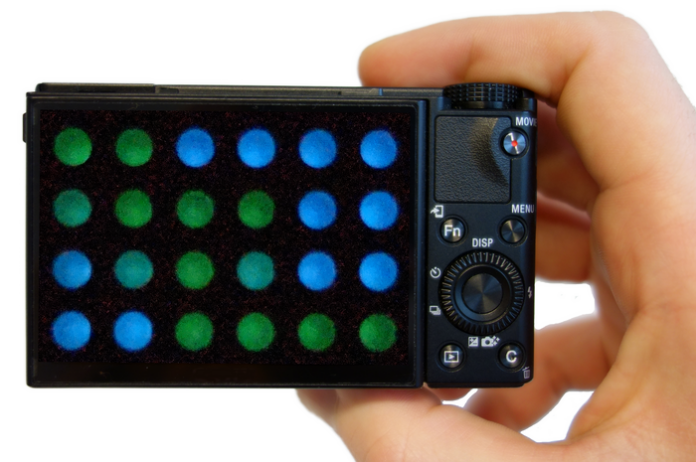
Research led by Eindhoven University of Technology shows glow-in-the-dark luciferase proteins could help to easily detect viral infections such as SARS-CoV-2 through a new type of diagnostic test.
As reported in the journal ACS Central Science, the researchers used two CRISPR-Cas-9 probes specific for different parts of the target virus, in this case SARS-CoV-2, and also containing part of the luciferase gene. If the virus is present the probes bind and the luciferase protein forms and lights up.
Many different diagnostic tests for SARS-CoV-2 have been developed over the last few years. While some, like the lateral flow antigen tests widely used as an ‘at home’ test in the pandemic, are relatively simple for non-experts to carry out, their accuracy is not as high as other more complex tests such as RT-PCR, which requires expensive machinery and expertise to process.
Maarten Merkx, a professor at Eindhoven University of Technology, and colleagues wanted to create an accurate and easy to use test that can be used by non-experts or in low-resource settings.
Creating a test that lights up in the presence of the virus being tested for has been tried before, but previous attempts to create this sort of biosensor or test have struggled with a lack of sensitivity.
Merkx and colleagues have developed a bioluminescent nucleic acid sensor (LUNAS) platform using CRISPR gene editing technology to try and solve the sensitivity issues experienced by other researchers trying to create bioluminescent diagnostic tests.
They engineered the test to include two Cas-9 probes that are able to detect sequence from the SARS-CoV-2 virus. The test solution starts as a green color and stays green if the test is negative. The Cas-9 probes are each linked to a section of sequence encoding part of the luciferase protein. When the virus binds to the probes, the full luciferase protein is produced and the solution turns blue to indicate a positive finding.
When the team tested their assay on nose and throat swabs from patients with COVID-19, they found the test could accurately detect samples with a viral load as low as 200 copies/μL within 20 minutes.
“RPA-LUNAS shows great potential for translation into a sensitive and rapid point-of-care nucleic acid diagnostic that can readily be reconfigured for a quick diagnostic response following an epidemic outbreak,” write the authors.
“Making use of advances in microfluidics and miniature electronic or chemical heating devices, integrated sample preprocessing, and lyophilization of the reaction mixture could further streamline the assay,” they add.













